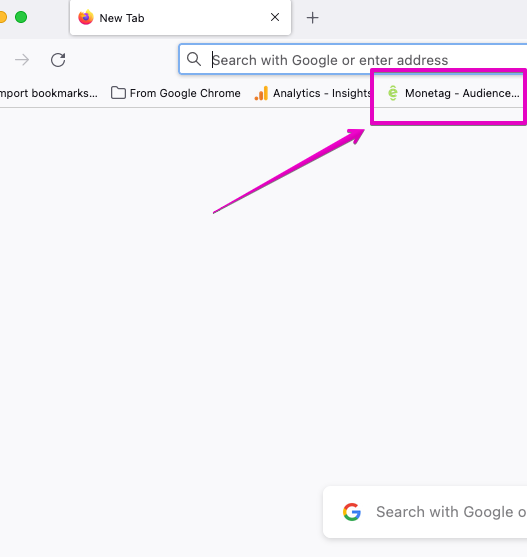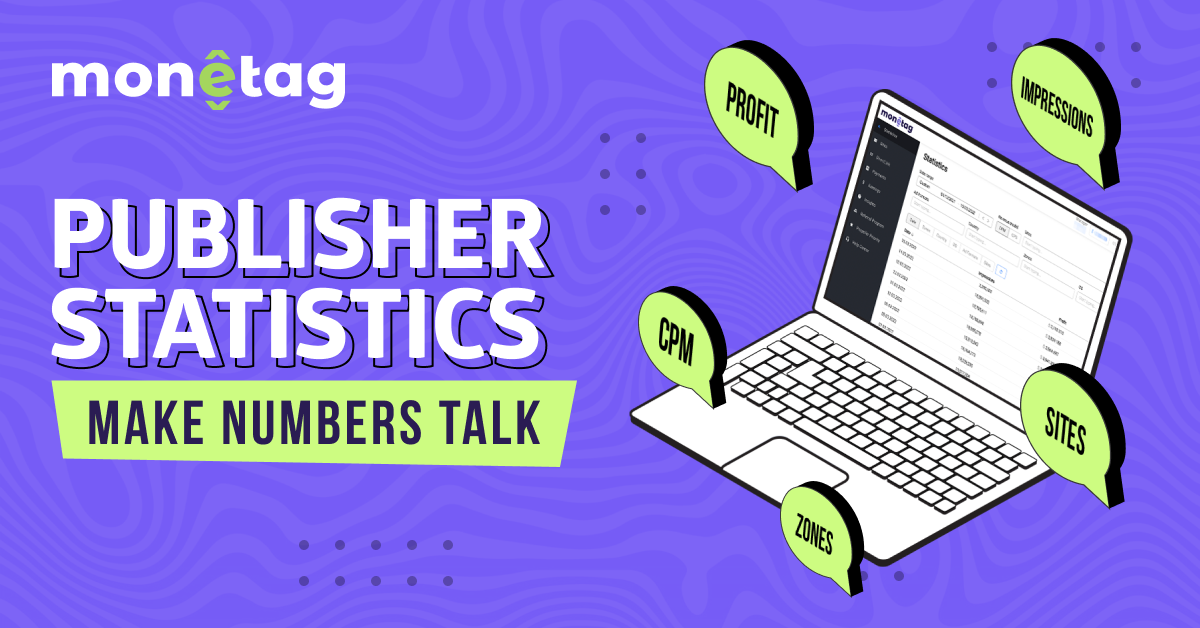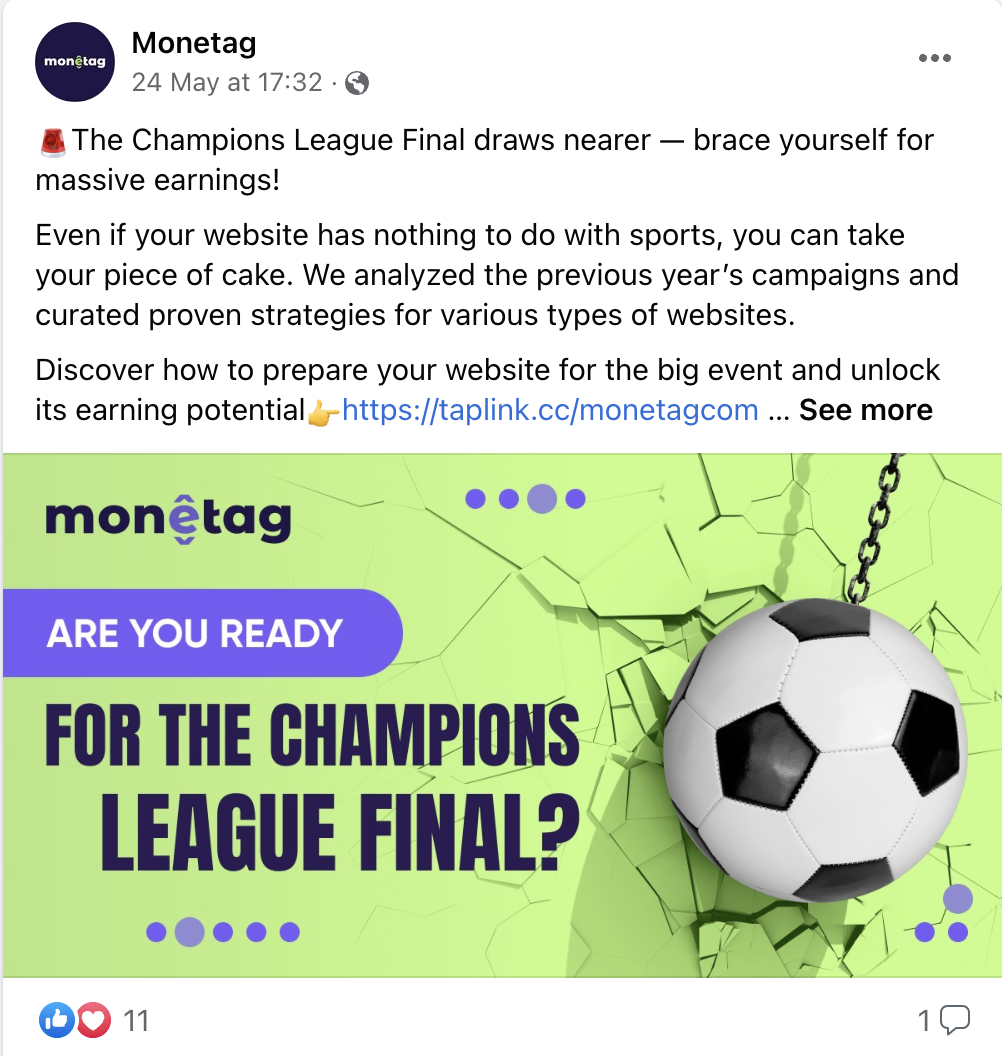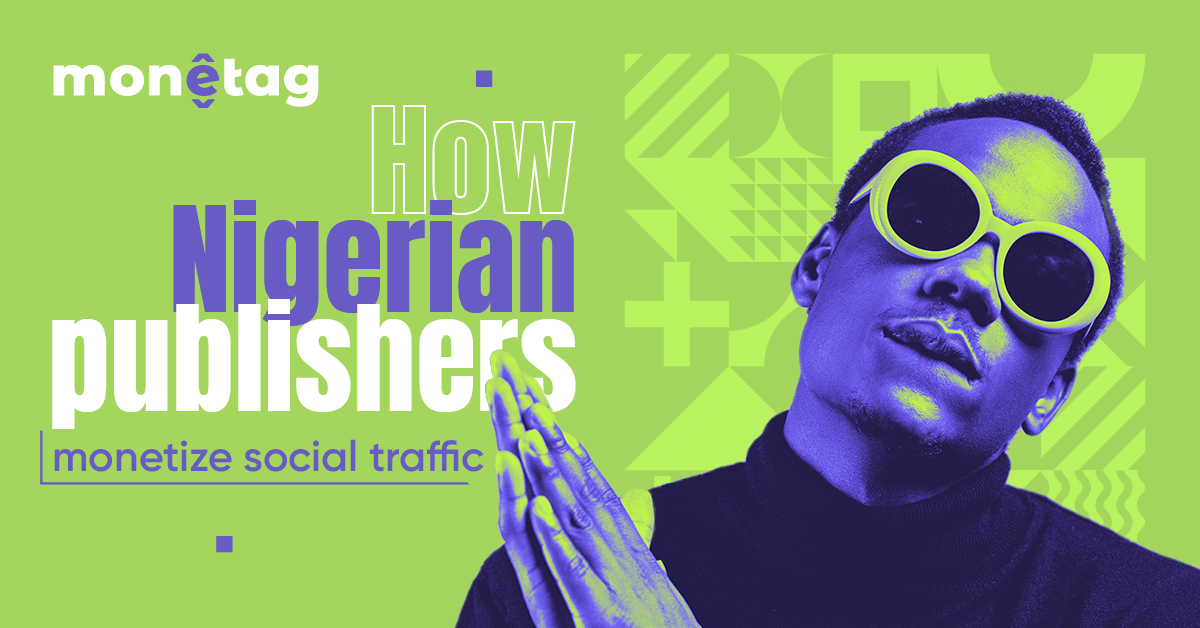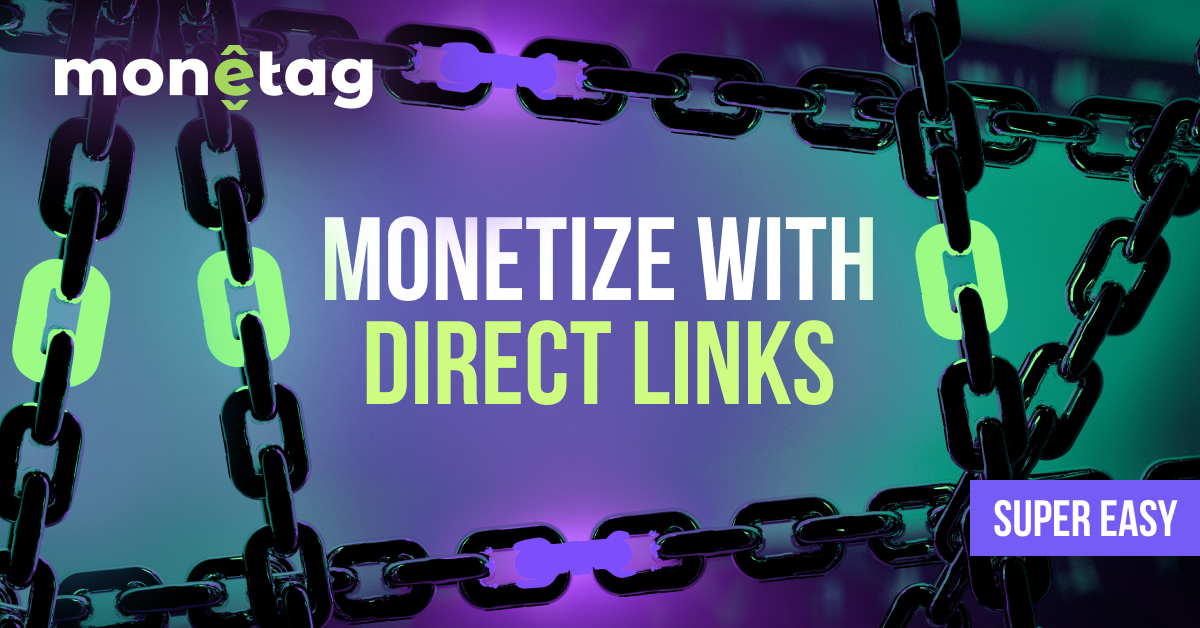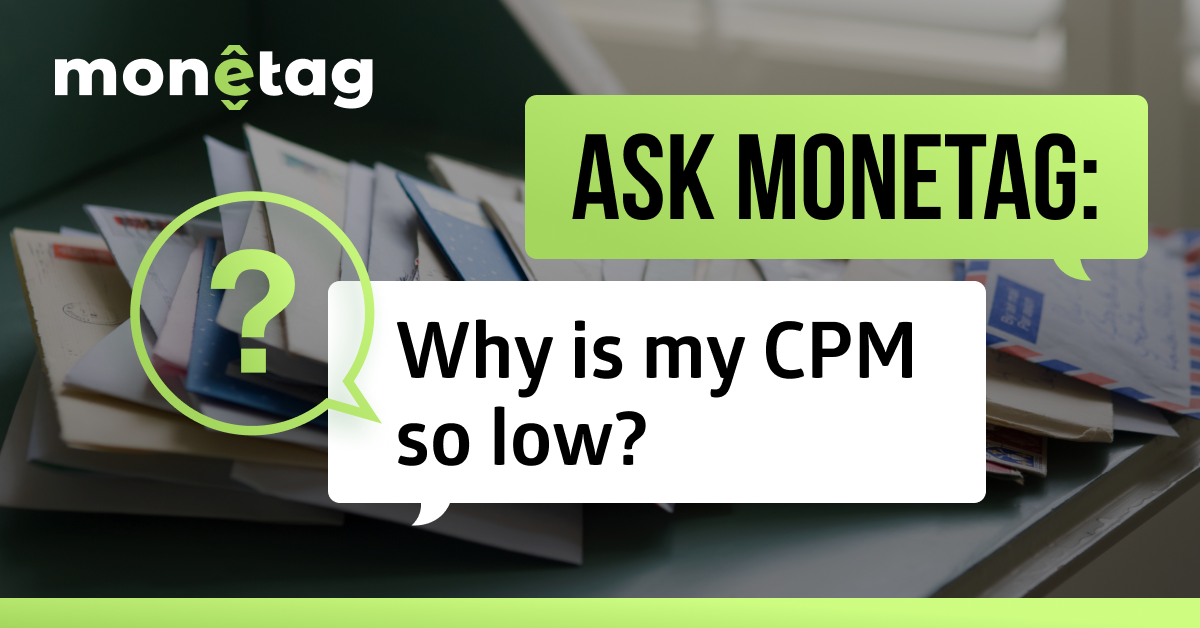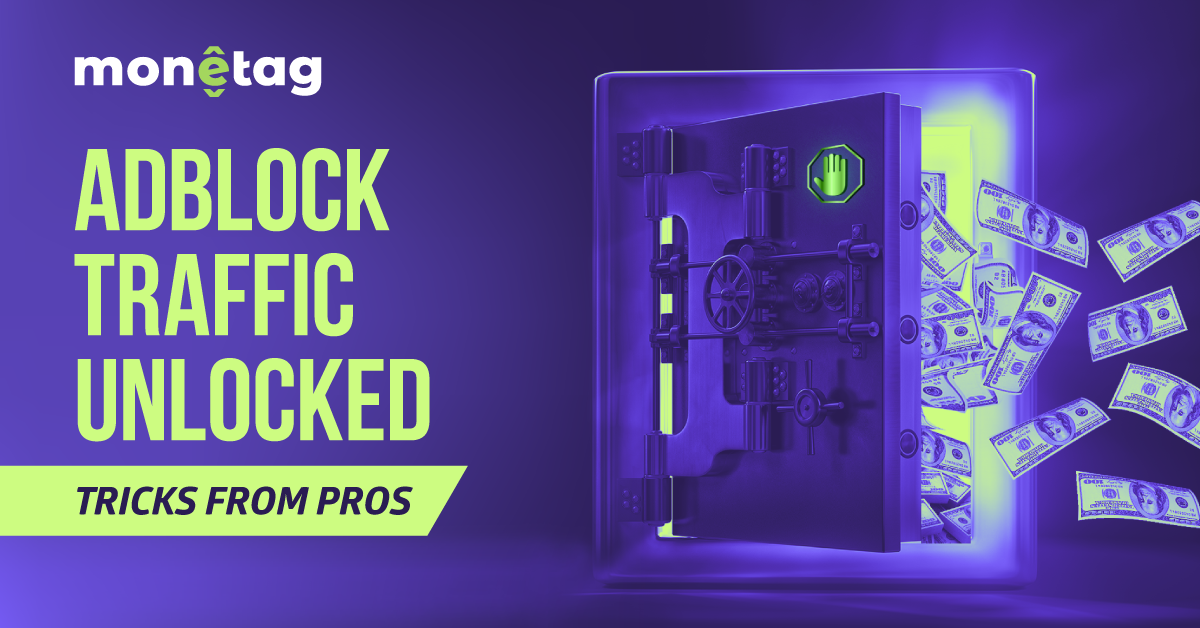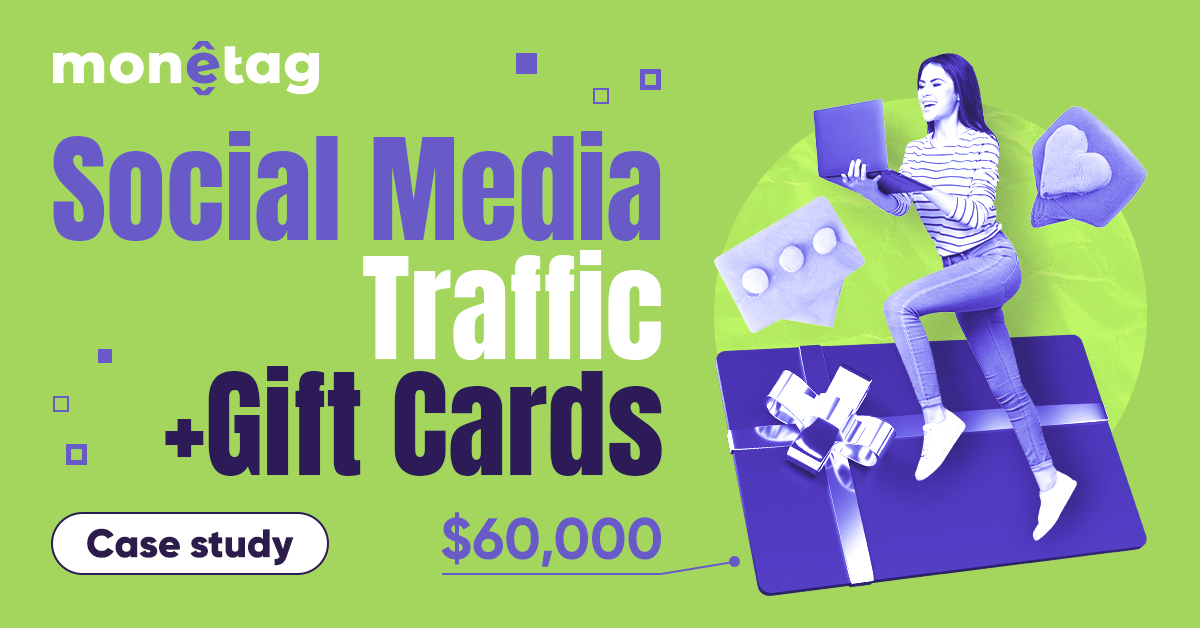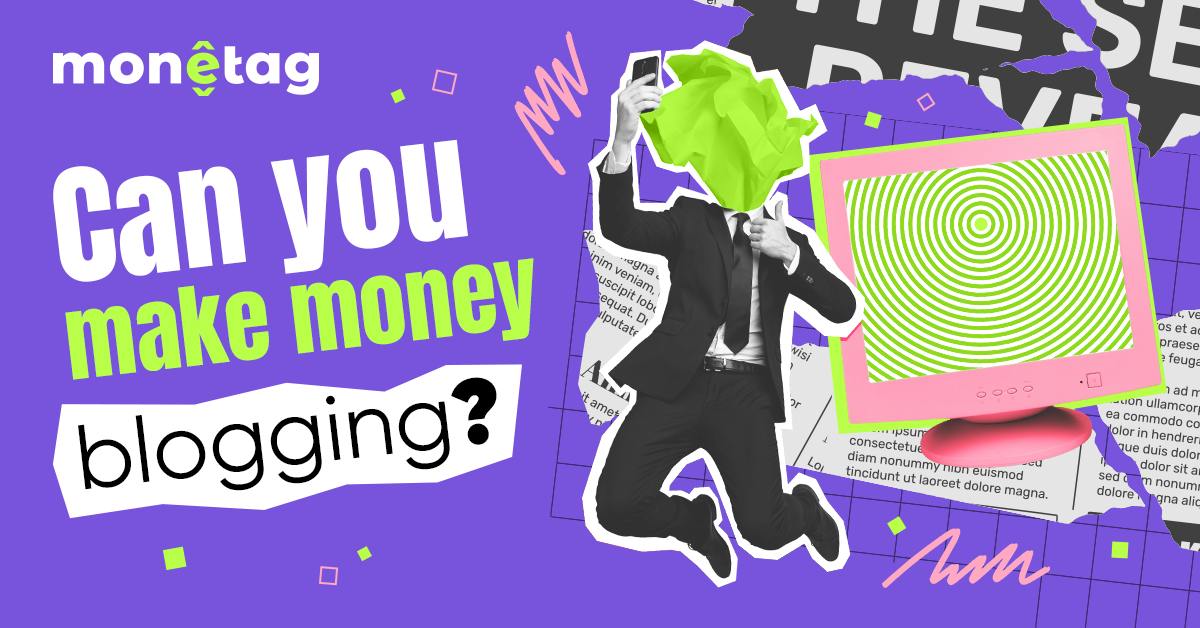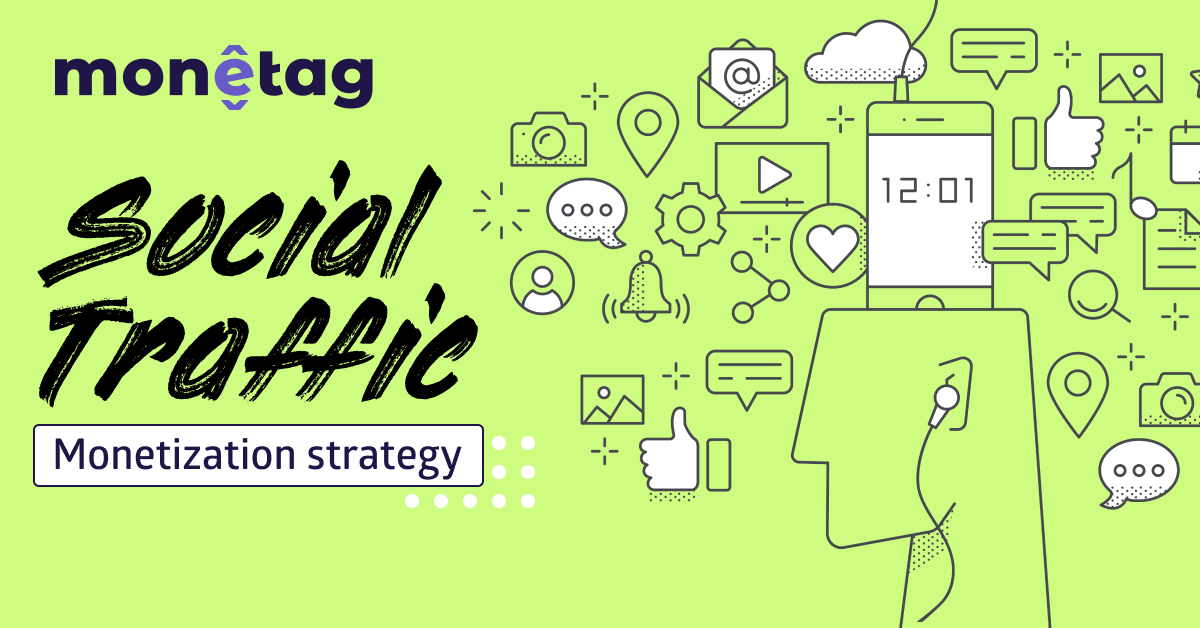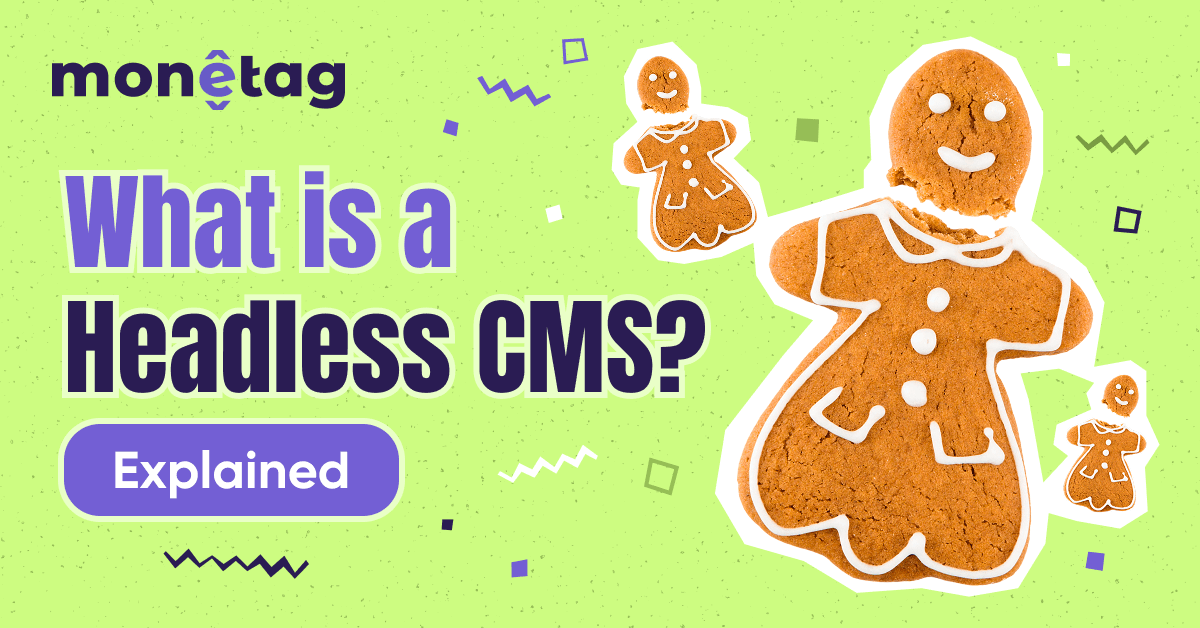Your No.1 Guide to Types of Web Traffic and Best-Performing Ad Formats
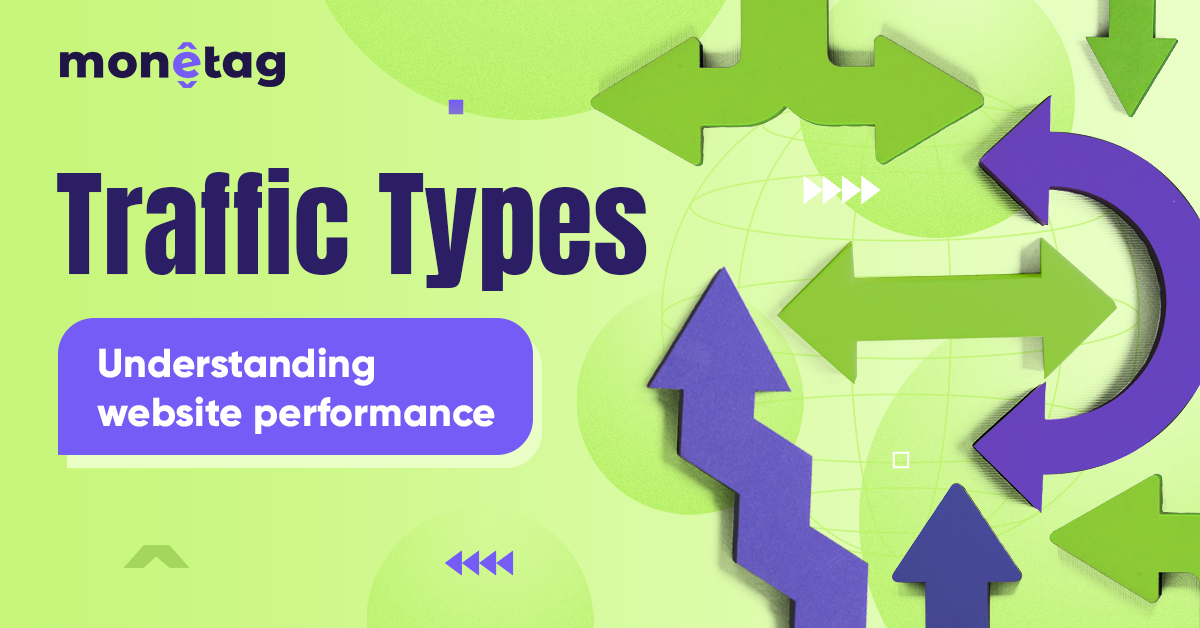
This post is also available in:
Pt
Es
Understanding your website traffic is no small task, but it’s crucial when it comes to monetizing your website. In the world of web publishing, the mantra is simple: know your traffic, know your audience.
And when we’re talking about “knowing”, we mean fully understanding all the different traffic types and their nuances. The different types of traffic significantly influence your website’s functionality, from performance to business operations, even down to your projected profit.
So, if you want to master the world of effective website monetization, your first task is to get a solid grasp of how to keep your traffic engaged, satisfied, and returning for more.
We know it sounds like a lot. But here’s the good news: we’ve got your back.
This guide will help you unpack all the different traffic types, understand how to optimize them, and learn how to reel in the best traffic for your site.
Ready to dive in?
Let’s go!
How to Monetize Direct Traffic
The term “Direct Traffic” might sound a bit technical, but it simply refers to any user who lands on your site from a direct link.
For example, they typed your website’s URL directly into their browser or searched for it on Google. They might also find you from a bookmark they’ve saved earlier, or by clicking links to your site from Word or PDF documents, like brochures or eBooks.
These users hold a lot of weight when it comes to your website’s metrics and search authority. Think page views, time spent on the page, repeat visits, and overall engagement.
These users are your brand’s cheerleaders – they let search engines know what audience your website is most relevant to, and teach them about your website’s reputation, impacting your rank on organic search results.
Optimizing Direct Traffic
As you may have already guessed, these users are gold. They’re familiar with your website and look to you for valuable content and solutions. That means it’s your job to deliver and exceed their expectations.
To make the most of your direct traffic, try focusing on maintaining an engaging website with appealing features. That means making sure you have excellent UX.
On top of that, you need to keep your content fresh, trendy, and relevant to your users. With these strategies in mind your direct traffic users will not only spend more time on your site, but keep returning for more, positively impacting your SEO.
How to Monetize Search Traffic
Search Traffic, often dubbed as Organic Traffic, is the cream of the crop for your website. These users found your website organically through a search engine after typing in a specific search query.
What makes them valuable? These users know precisely what they want, and they’ve landed on your website because they believe you can deliver. If you manage to address their needs, they’re likely to convert. Additionally, they don’t cost you anything, making them especially profitable for long-term strategies.

Capitalizing on Search Traffic
If you want more of this delightful traffic, you’ll need to invest in a solid SEO strategy for your website. It might require some sweat and grit, but the rewards, in the form of coveted organic traffic, make it worthwhile.
You can start investing in your SEO strategy by making use of free tools to analyze your current situation. Tools like Google Analytics and Google Search Console are a great start.
Social Traffic
As you’ve probably guessed, this is the traffic you receive from social media channels. Be it Facebook, Instagram, Twitter, TikTok, or even WhatsApp, these visitors land on your website after clicking on a social media post or message.
With Monetag you can monetize your social media traffic, choosing between direct monetization methods like Direct Links, or other formats, like Push Notifications, In-Page Push, Interstitials, OnClick Popunders, or MultiTag.
Making the Most of Social Traffic
Social traffic is a potential goldmine for user engagement and CPM. In fact, it brings the best user engagement and CPM for most publishers, especially those whose websites are optimized for mobile.
If your overall website traffic isn’t too impressive, boosting your social traffic could be the game-changing move you need to make. Just keep in mind that you need to respect each network’s policy when using any ad format.
How to Monetize Email Traffic
Email traffic is extremely precious, akin to social media traffic, but it’s not easy (or cheap) to attract. It includes users who land on your website via your email campaigns. These users clicked links placed inside your emails.
If you generate a lot of email traffic, it’s likely that you have a solid understanding of how to build an email list and leverage it for regular website traffic.
If you don’t get email traffic but want to, you’ll have to put in some work. Effective email marketing needs to comply with rules and regulations depending on your target users’ GEOs. For example, email marketing to users in the EU must comply with GDPR guidelines.
Although the learning curve for email marketing is steep, it can be very fruitful when done right.
Generating Email Traffic
Since this traffic costs a lot and requires a lot of experience to get, make sure it’s worth the effort. If you’re not sure about how to optimize or grow your email traffic, you may want to revisit your strategy.
To get started generating email traffic, you can follow these steps:
- Learn about the email marketing rules, regulations, laws, and permissions for users in your target GEOs.
- Acquaint yourself with the tech basics for better email deliverability rates. For example, spam filters, opt-ins, copy requirements, and data storage.
- Choose an appropriate email tool like Mailchimp or SendGrid.
- Create a simple email magnet on your website to build your email list.
- Start your email marketing campaigns!
Monetizing Display Ads Traffic
Display ads traffic encompasses users who discover your website through display banners placed on other sites. Also known as paid search traffic or paid media traffic, you’ll need to invest some budget to display your ads. You can enhance these ads for maximum traffic inflow via platforms like Google Ads or even Facebook and TikTok ads.
Making Display Ads Traffic Work for You
Before launching an ad campaign, think carefully about what you’ll do with this traffic. If you don’t have a clear goal set in mind, you will only end up wasting your money.
Check if your website is ready to receive traffic. And make sure that this traffic will want to engage with your content, return, and navigate to your website.
How to Anti-AdBlock Traffic
This category includes users with AdBlockers installed. As a Monetag client, our Smart Anti-AdBlock system gives you the ability to monetize this otherwise elusive traffic.
Optimizing Anti-AdBlock Traffic
Monetizing AdBlock Traffic can boost your revenue by as much as 15%! However, remember that Anti-AdBlock traffic may yield a lower CPM. Regardless, the added profit makes it worthwhile.
How to Monetize Referral Traffic
Referral traffic consists of users who land on your site by clicking a link on another website, blog, or forum. Similar to direct or search traffic, these users are typically highly engaged and know what they want.


Making the Most of Referral Traffic
To increase referral traffic, invest in strong link-building techniques and collaborate only with reputable websites. Poor choices can negatively affect your website’s SEO.
Monetizing All Traffic Types
Now that you know which traffic types you can monetize, it’s time to figure out how to turn this traffic into revenue. While it might be tempting to find a one-size-fits-all solution, the reality is that traffic is unique.
The most effective way to monetize different types of traffic involves some trial and error. Test different formats (either alone or in combination) to identify what resonates with your audience.
Luckily, Monetag’s range of monetization methods can streamline this process.
With our 7 monetization methods, you can automate the entire process. All by using one or several of the following tags on your website:
- Push Notifications
- In-Page Push (IPP)
- Interstitials
- OnClick Popunders
- Vignette Banners
- Direct Links
- MultiTag
Web Traffic Types You Cannot Monetize
Why is it hard to monetize Proxy Traffic?
Proxy traffic is composed of users who browse anonymously, making it difficult to verify their real IP or geographic location. Because these users lack tracking data, advertisers can’t effectively target them, and it’s impossible to identify whether they are real humans or bots.
Understanding Proxy Traffic
A high volume of proxy traffic can negatively impact your monetization efforts, leading to lower CPM and less interest from advertisers. We advise that you minimize proxy traffic as much as possible so you can keep your site as profitable as possible!
Fraud traffic – Bots
Just like Proxy traffic, Fraud Traffic is unprofitable. However, the difference lies in that these users are definitely not real. If your traffic consists mostly of bots, advertisers will avoid your site like the plague.
Understanding Fraud Traffic
No advertiser wants to pay for fake impressions or inaccurate campaign data. High levels of bot traffic can result in low CPM and scare away advertisers. Plus, it can get your Monetag account banned.
TL;DR: Key Points to Remember
Navigating the world of website traffic can feel like a maze, but once you get the hang of it, it can feel like you’ve unlocked a treasure chest filled with potential profit!
Here’s what you need to remember:
- Each type of traffic has its own unique flavor and potential for monetization
It’s like cooking – you need to know your ingredients well before you can whip up a delicious dish. Same here: understand your traffic, its nature, and its potential to get the best out of it.
- Minimum traffic numbers matter to most networks
Most monetization platforms advise having a cool 10,000 active users before starting to see a real profit. But hey, don’t sweat it. Whether you’re dealing with big numbers or just starting out, with every type of traffic (barring the pesky fraud and proxy ones), there’s potential to hit the jackpot.
- Be experimental!
The trick to mastering the website monetization game is continuous testing and diversification. Throw a bit of this, a dash of that, see what works, and repeat! Just like perfecting a recipe, you need to experiment with different traffic types to get the best results.
